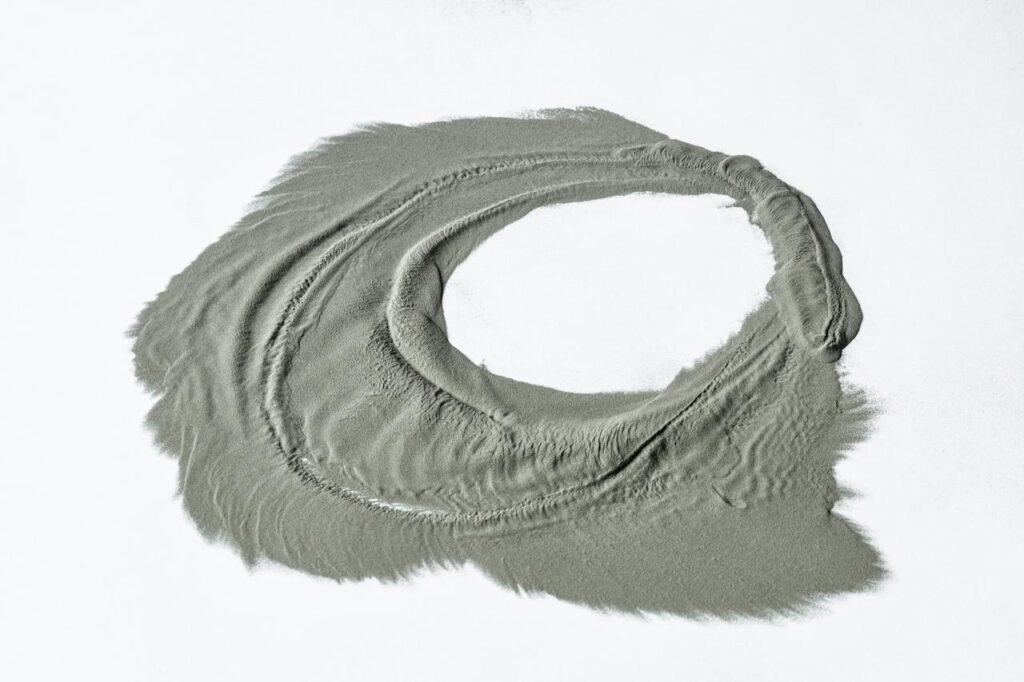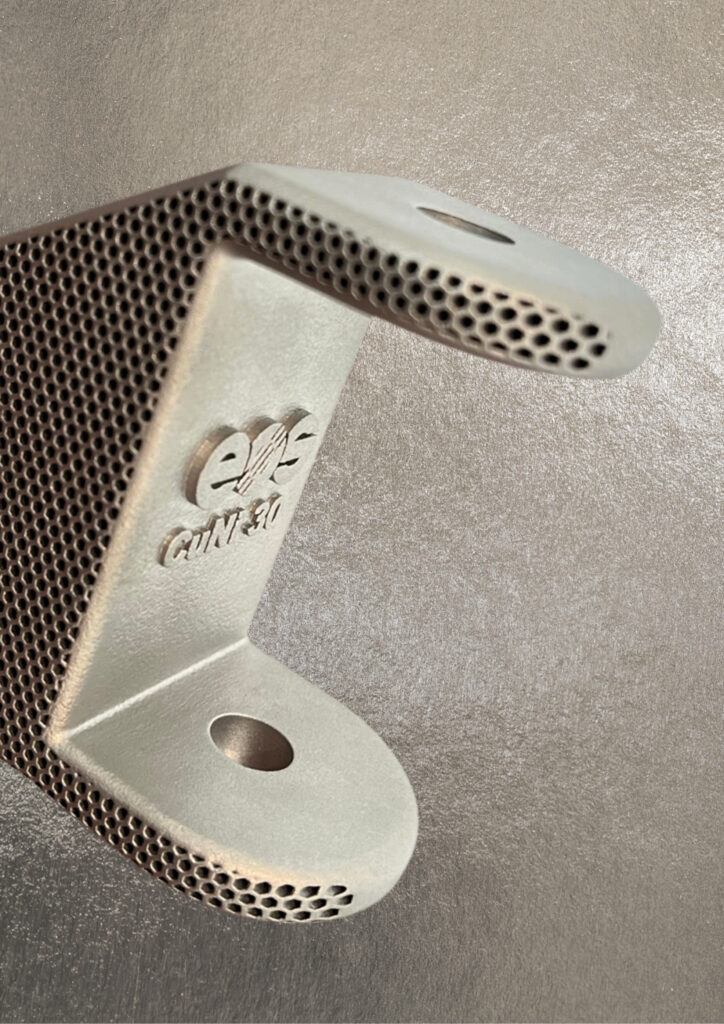Why Corrosive Resistant Materials Are Important to the Success of 3D Printing Across Industries

The adoption of additive manufacturing (AM) is accelerating across many major industries. As this technological shift unfolds, the importance of corrosion resistance has emerged as a challenge for 3D printing to overcome for industries producing applications that live-in or are subjected to harsh environments. Let’s look at the broader landscape of potential manufacturing growth for industrial 3D printing by examining industry examples that underscore the critical role of corrosion resistance.
Where Corrosion Resistant Materials Are Needed Most
Fusion reactors represent one of the prime examples of an environment where corrosion resistance is paramount. Inside fusion reactors, stainless steel surfaces are subjected to extreme conditions. High temperatures, intense radiation, and corrosive environments put immense strain on all materials inside a fusion reactor. In response to this challenge, experts resorted to solutions such as a tungsten or tantalum coating to enhance corrosion resistance and extend the lifespan of components.

In another recent example, nickel, chromium, and iron alloys were used to combat corrosion in steam generators. By choosing those specially heat-treated materials, especially for the heat transfer tubes, operators can rely on better performance under the high temperatures and pressures that are common steam generators. Similarly, the aerospace industry has intensified its demand for nickel, valued for its corrosion-resistant attributes and enhanced aircraft reliability. In this industry particularly, nickel is often valued for its high strength, corrosion resistance, and temperature tolerance.
While precious metals like iridium, gold, platinum, and ruthenium are celebrated for their corrosion resistance, their scarcity and high-cost limit widespread use. Their properties still serve as a benchmark for evaluating the performance of alternative metals, but it’s important to consider the scope and material usage that would justify applications in industries such as maritime engineering or energy.
Historical decisions in maritime engineering highlight the importance of balancing corrosion resistance with cost considerations. Years ago, the Soviets chose titanium for submarine hulls, while the United States different choices due to cost and manufacturing challenges in the past. While the U.S. was aware of some of titanium’s benefits, the material was not as abundantly available, and it is also more challenging to bend it into shape – at least in the dimensions of a required for a submarine.
Where AM Can Provide Material Strength
In reflection of these industry examples, the recent development of EOS CopperAlloy CuNi30 emerges as a compelling option for applications requiring corrosion resistance. Developed for the U.S. Navy and tested in collaboration with Phillips Federal and Austal USA, EOS CopperAlloy CuNi30 offers a blend of strength and corrosion resistance, meeting rigorous specifications outlined in ASTM B369-09.

A part made with CuNi30
AM materials have already proven their value in other fields, as in the case of Westinghouse, who designed an additively manufactured debris filter in two Nordic Boiling Water Reactor (BWR) units. The new design drastically reduced the risk of fuel damages due to debris, which can often suspend operations for long periods of time.
The traditional manufacturing of CuNi alloy applications involves casting, a process that can be both costly and limited by testing and quality requirements. EOS CopperAlloy CuNi30, paired with the quality and productivity of EOS platforms, addresses these challenges. The combination not only fulfills stringent application requirements but also unlocks new design and production capabilities afforded by industrial 3D printing. Moreover, the ability to produce parts regionally, locally, and on-demand adds another advantage.
In the dynamic landscape of 3D printing, the demand for high-strength, corrosion-resistant materials keeps coming up as one critical component of success. Industry examples showcase the diverse challenges where corrosion resistance plays a pivotal role. As additive manufacturing continues to redefine production paradigms, AM materials pave the way for reliability, efficiency, and sustainability across industries.

For a more in-depth exploration of EOS CopperAlloy CuNi30 and other 3D printing copper solutions, visit the EOS website. Elevate your manufacturing capabilities by learning more about EOS metal materials and unlocking the full potential of additive manufacturing in your industry.
Subscribe to Our Email Newsletter
Stay up-to-date on all the latest news from the 3D printing industry and receive information and offers from third party vendors.
Print Services
You May Also Like
3D Printing Grows to $15.9B in 2024 Amid Shifting Industry Dynamics
The global additive manufacturing (AM) market reached $15.9 billion in calendar year 2024, according to “Q4 2024 3DP/AM Market Data and Forecast” from Additive Manufacturing Research (AM Research). Despite a...
3DPOD 247: LJ Holmes, Executive Director for the Center of Advanced Manufacturing and Materials at Harrisburg University
Executive Director for the Center of Advanced Manufacturing and Materials at Harrisburg University, Larry “LJ” Holmes is a pioneer in applying additive manufacturing to defense and other critical sectors. Part...
Thai Startup OsseoLabs to Cut Surgery Time with 3D Printed Magnesium Implants
A patient undergoing mandibular reconstructive surgery typically faces two separate operations: one to place a custom-fit titanium plate and another month later to remove it. But what if that second...
Japanese Advanced Manufacturing Capabilities Grow in Europe with Sodick’s Purchase of Prima Additive
The global economy is currently undergoing a reshuffling in terms of what gets manufactured where. In large part, this trend is being driven by new geopolitical alliances and the need...

























